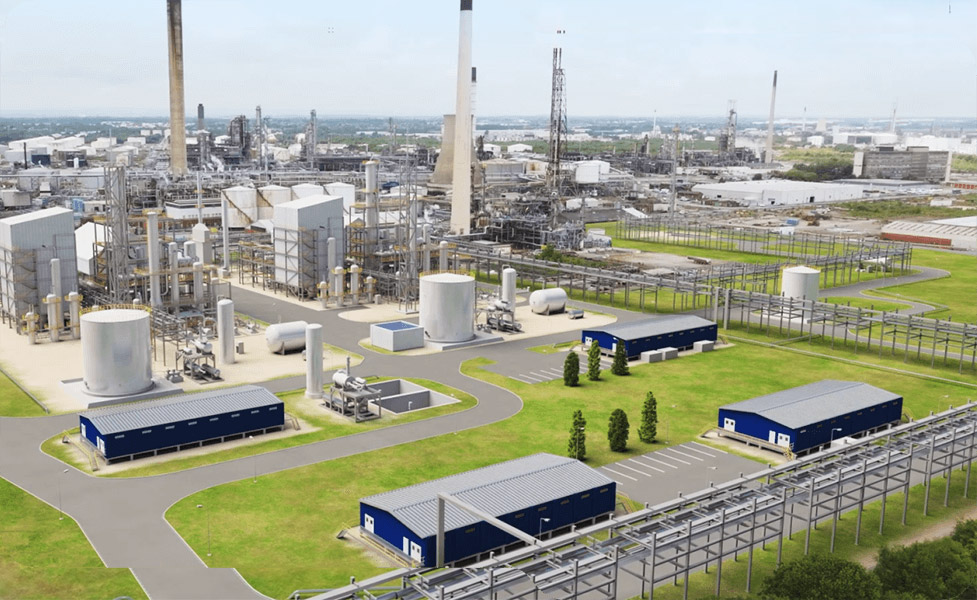The UK's Largest Hydrogen Hub Signals a New Era in Sustainable Industrial Energy

In a landmark decision poised to bolster the United Kingdom's commitment to achieving net-zero carbon emissions, planning permission has been granted for the construction of the nation's largest hydrogen production facility. This cutting-edge hub, set to be erected in Cheshire, North West England, promises to revolutionise the local manufacturing sector by providing a sustainable alternative to fossil fuels.
The facility, which is hailed as a beacon of innovation and one of the most sophisticated of its kind globally, is expected to play a pivotal role in assisting manufacturers across the region to reduce their carbon footprint. By substituting traditional hydrocarbons with hydrogen—a gas that, when burnt, yields only water as a by-product—the hub stands as a testament to the UK's earnest efforts in embracing cleaner energy sources.
Victoria Gill, the presenter of BBC's Inside Science episode "Hydrogen and the Race to Net Zero," delves into the complexities and potential of hydrogen as a cornerstone in the nation's journey towards an environmentally sustainable future. The programme features insights from Richard Holden, a chemical engineer and site manager of the new plant, and Professor Mark Miodownik from University College London, an expert on materials and society.
Professor Miodownik elucidates the current excitement surrounding hydrogen, emphasising its critical role in the displacement of methane—a major contributor to global CO2 emissions, particularly in heavy industries like steelmaking. He distinguishes between the different types of hydrogen—grey, blue, and green—each representing varying levels of environmental impact based on their production methods.
Amidst the hum of industry at the future site of the hub, Richard Holden paints a vivid picture of the transition from hydrocarbon gas to hydrogen, anticipating the replacement of carbon dioxide emissions with harmless water vapour. The Cheshire plant, which is slated to commence production towards the end of 2027, aims to initially cater to industrial powerhouses that are currently significant CO2 emitters.
The project, which integrates Carbon Capture, Usage, and Sequestration (CCUS) technologies, will convert methane into hydrogen and carbon dioxide, with the latter being safely sequestered in depleted gas fields beneath the Liverpool Bay. This operation stands to drastically cut emissions from the region's industrial processes and could potentially power a city the size of Liverpool.
The discussion on Inside Science not only highlights the significance of this hydrogen plant in the context of the UK's energy landscape but also underscores the broader challenges and considerations inherent in the shift towards greener energy economies. With an increasing focus on sustainability, the development of such facilities marks a critical step forward, reinforcing the UK's position as a leader in the global race to net zero.
Listen to this on BBC iPlayer or wherever you get your podcasts.

